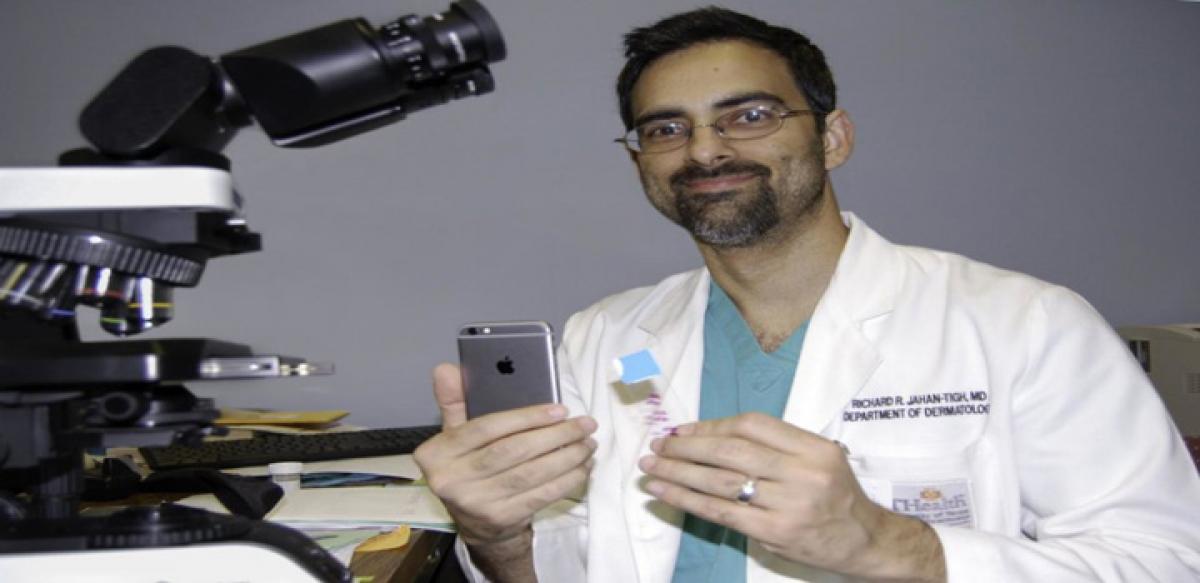Live
- Moscow pledges response to US missile defence base in Poland
- Stamp on Jain Muni Released in Hombuja Jain temple in Shivamogga
- Moldova enshrines EU integration in constitution
- Three child rapists executed in China
- Bengal school case: Kuntal Ghosh’s account credited even after arrest, claims ED
- Manipur: Demand to rescue six missing persons intensify
- Turkey plans to buy 40 Eurofighter Typhoons to bolsterc: minister
- Kyiv comes under drone-missile attack for first time in 73 days
- Calm, restraint urged as Senegal's legislative election campaign nears end
- Combing operations underway against Maoists, weapons recovered: K’taka Home Minister









